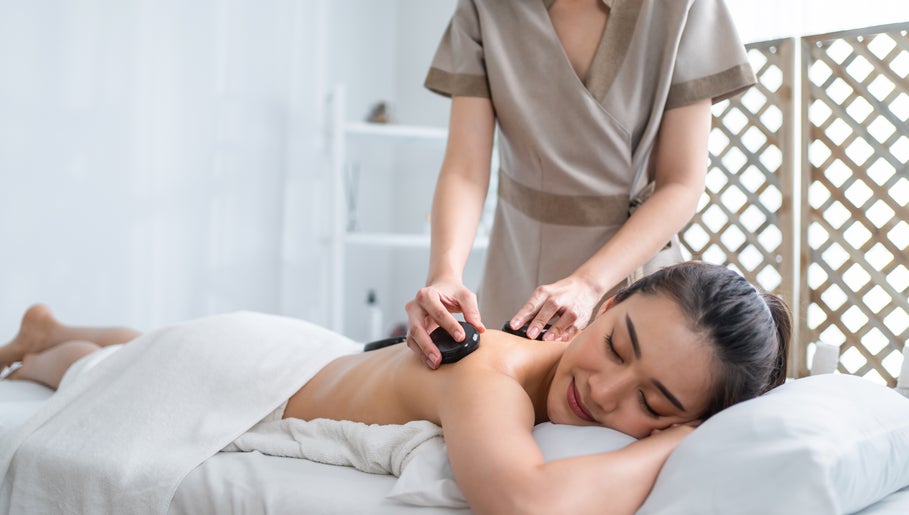
WEIGHT: 59 kg
Breast: AA
1 HOUR:120$
Overnight: +70$
Services: Fisting vaginal, Massage, Massage, Sex oral in condom, Rimming (receiving)
Search for a location. The aim of the study is to compare the treatment outcome of pulpotomy using Biodentine or Portland cement regarding success rate and post-operative pain.
Data sourced from clinicaltrials. Search CTV Search for a location. Search for trials. Find clinical trials Close. Status Unknown. Irreversible Pulpitis. Study type. Funder types. Take notes. Details and patient eligibility About. Full description. Patients will be screened for eligibility through obtaining medical and dental histories together with clinical [visual, palpation, percussion, cold sensitivity testing and probing] and radiographic evaluations for the teeth.

Caries will be removed using a round, high-speed bur with adequate water cooling. Cases will be randomly divided into two groups according to pulpotomy material either: Biodentine or Portland cement. Biodentine is mixed according to manufacturer's instructions and placed in a mm layer above the pulp tissue using an amalgam carrier and gently packed using a condenser. Initial setting is achieved after 12 minutes. Preparation of Portland cement: Industrial Portland cement is mixed with Bisthmus oxide or Barium sulphate radio-opacifier in a ratio.
Portland cement is mixed in a powder: distilled water ratio and placed in the pulp chamber and condensed against a moist cotton pellet. A small cotton pellet moistened with saline is placed in the pulp chamber against PC for 5 seconds to ensure water uptake then removed.

Appropriate interim restoration will be done and checked throughout follow up period. Patients will be referred for final restoration after endpoint of research. A post-operative periapical radiograph is taken after interim restoration placement. Patients will be contacted by telephone by the same operator to record pain intensity at 6, 12, 24, 48 and after 7 days.




































